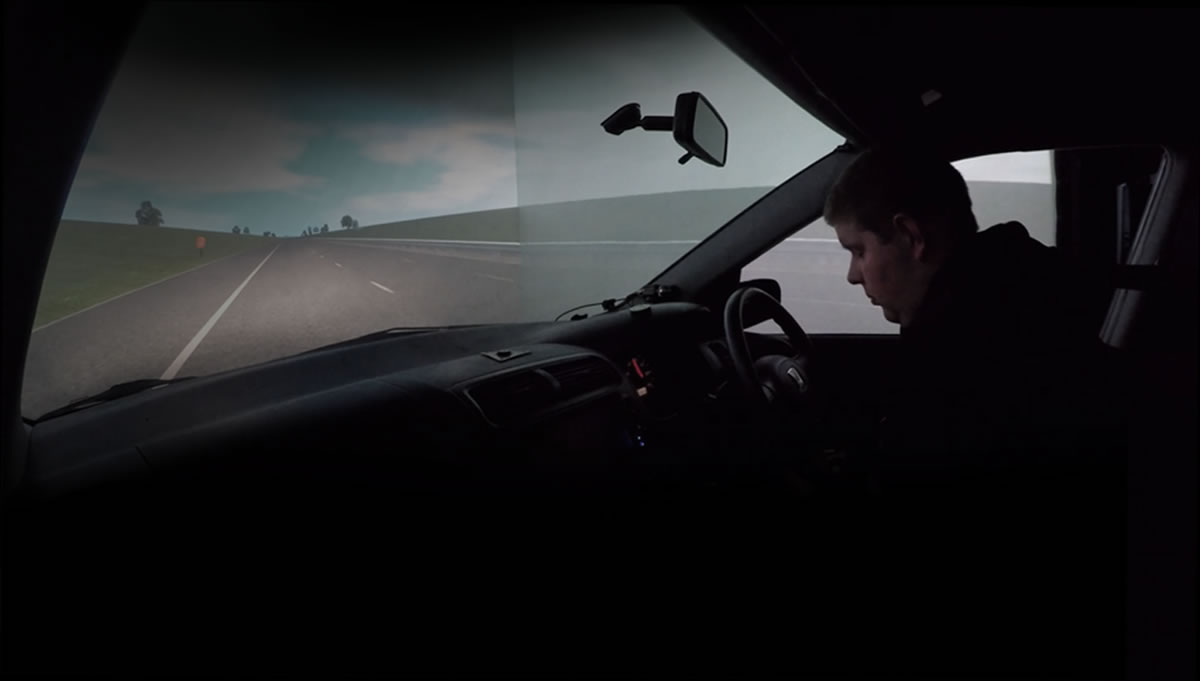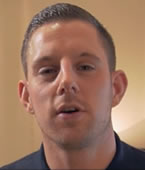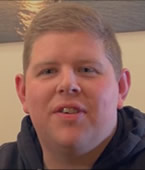“The findings of our experiment reveal just how important it is to only undertake driving when feeling alert and having had sufficient sleep. The key finding here was how affected Steven was with disrupted sleep as this is most common to real life.”
“One dangerous aspect of fatigue is how it can come and go quite suddenly. You can get a false impression that you’ve overcome it, only to find that it strikes again a short time later when you perhaps aren’t expecting it.”
Simon Tong, principal psychologist at TRL





